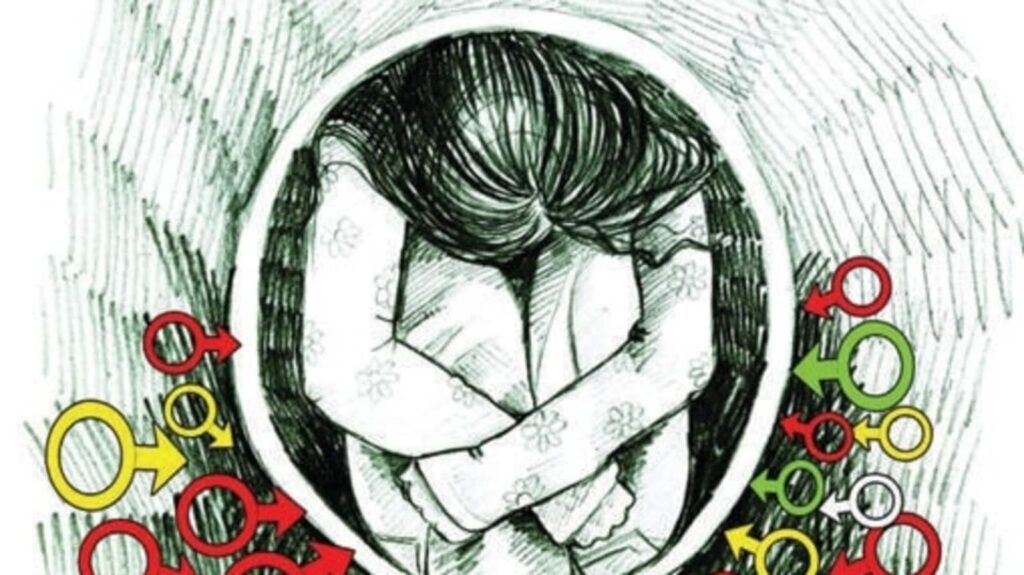Haryana’s setback in its efforts to stop female foeticide holds lessons for broader national policy planning. This newspaper reported last week that the northern state – long notorious for pervasive attitudes against girl children and a skewed sex ratio – recorded a slide in its January-to-June cumulative sex-ratio at birth (SRB) at 906 female births per 1,000 males, the lowest since 2016. This flew in the face of the improvements in SRB, which went up from 876 in 2015, 900 in 2016, 914 in 2017 and 2018, 923 in 2019, 922 in 2020, 914 in 2021 (attributed to the pandemic) and 917 in 2022.
Beyond immediate issues with data mismatch, there are two possible explanations. One, lapses in monitoring within flagship programmes such as Beti Bachao, Beti Padhao reversed gains made in shutting down clinics that administer sex-determination tests, which continue to be popular despite being outlawed. Gangs have devised ways to work around systems by targeting pregnant women from Haryana and taking them to clinics outside the state where monitoring systems are more lax. Such designs are well-known and will need to be factored into policymaking going forward. Two, authorities will have to double down on initiatives that not only curb lingering prejudice against the girl child but also bring more men into the conversation around family planning and birth. Since patriarchy fuels misplaced notions of honour, age-appropriate sex education programmes that work to dispel wrong notions about women being financial and social burdens can be helpful. Haryana shows that the efforts against social evils cannot be allowed to flag – because any pause can erase years of hard-gained progress.

